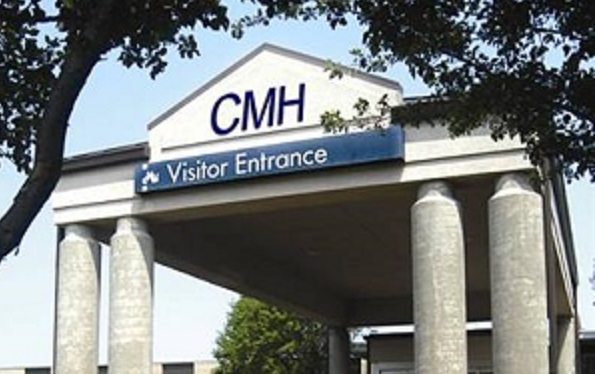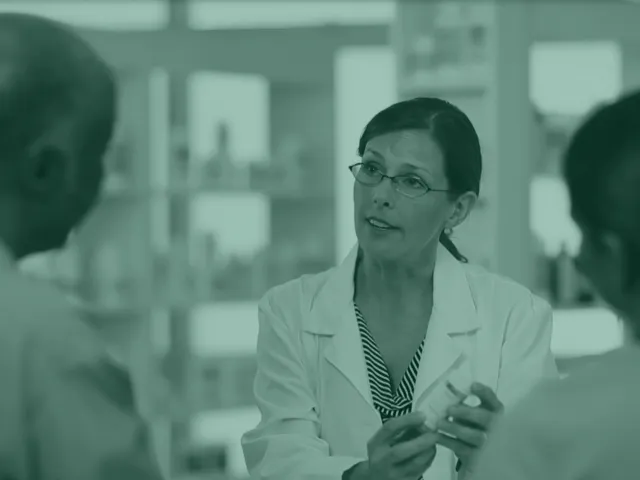Table of contents
Crawford Memorial Hospital cares acutely about its patients and about doing the right thing. Even though the critical access facility cannot exceed 25 patients and is located some 30 miles from other healthcare facilities in Crawford County, Illinois, Director of Pharmacy Kelly Meeks says, “we are small and remote but we are still held to all the same regulatory standards as larger hospitals.” After learning about DSCSA and its requirements for hospitals, Meeks says, “We knew we would need to put a viable solution in place.”
This is how Crawford Memorial came to choose TraceLink as their answer to taking care of DSCSA compliance
Getting up to speed: Doing the research
When the new product tracing requirements for dispensers took effect in July of 2015, “we started getting a lot of emails from our primary wholesaler about compliance,” Meeks says. At the time, she notes, “not a lot of people had done much on DSCSA. Doing little or nothing was not an option for Crawford Memorial. “It never crossed our mind to ignore the new law,” Meeks says. “We have a culture of complying here.”
For Meeks, it was imperative to gather information and gain a sound understanding
Meeks’ research into the new legislation included poring through DSCSA details on a number of industry websites. What came of it? “I realized we were behind the 8 ball and we had to get moving,” she says.
Taking the first step: Investigating solutions
When it came time for Crawford Memorial to search for a solution, HealthTrust Purchasing Group provided the member hospital with a list of eight vendors. Meeks quickly culled the list down to TraceLink and two other companies, “based on their websites which seemed the most sophisticated,” she says.
Before contacting any vendor, Meeks signed up for a TraceLink webinar she learned about from an email. “TraceLink was the only proactive company,” she says, “Nobody else reached out to us. Nobody else invited us to webinars.”
The director of pharmacy notes, “TraceLink’s information was most complete.” What equally impressed her as she was exploring vendors, she notes, was TraceLink’s customer service. “Neither of the other two companies we interacted with was very good about communication,” she says. “As someone who’s responsible for everything, I appreciate people who are willing to spoon feed me information. TraceLink followed up beautifully.”
Making a choice: Focusing on competitive advantages
In their search for a solution, Crawford Memorial was given three demos and found that “essentially everyone has the same bones,” Meeks says, “but TraceLink has by far the most trading partners on their network,” making for easier setup with suppliers and dispensers to whom they resell
Another evaluating factor for Crawford Memorial was operational efficiency. “We buy 97 percent of our meds through Baxter and Cardinal,” Meeks notes, “and because we’re small and rural, there’s a lot of trading back and forth with retail pharmacies and hospitals, nursing homes, EMS, the area prison. When you add all those trading partners, it starts getting crazy.”
Meeks says that the hospital quickly ruled out a manual approach to receiving and storing compliance documentation. “We have a very robust compliance program here, and if we can streamline by getting on the electronic bandwagon right away, why wouldn’t we do so?” she says. “Why would you do a manual system now if eventually it’s got to be electronic?”
Running a critical access facility takes great attention and care. Meeks understands that “regulations will likely slow us down, but record keeping will be easier with TraceLink.” For Crawford Memorial, TraceLink is the solution to automating enough of the tiny but crucial tasks so that the hospital has the time to treat its critical patients.
If your pharmacy or hospital has a question on DSCSA requirements, send it along to questions [at] tracelink.com. We’ll feature it in an upcoming article.




